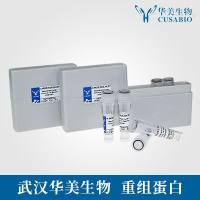Electron Microscopic Localization of in Situ Hybrids
In situ hybridization is used to map the position of DNA or RNA sequences relative to cytologically-identifiable landmarks. Although major progress has been made in sequence mapping at the light microscope (LM) level, there are inherent limits to resolution, notably when sequences are closely linked or when the target structure is very small. Mapping in such situations is facilitated by exploiting the resolution of the electron microscope (EM). The principles underlying in situ hybridization are the same regardless of the nature of the label (i.e., radioactive or nonisotopic) and the level of analysis (i.e., LM or EM). Cytological preparations fixed to a solid support are denatured for DNA detection followed by incubation in an appropriate buffer containing a labeled nucleic acid probe and salt at an appropriate temperature to affect hybridization between the target and probe. Hybridization to RNA does not require the denaturation step. After hybridization and removal of unhybridized probe, hybrid sites are located by either autoradiography for radioactive probes or via tagging with a visible detector. This chapter focuses on the use of probes labeled in vitro with a variety of nonisotopic tags that can be detected based on high-affinity interactions with specific ligands, such as antibodies, and then visualized in the EM by colloidal gold particles. Except for the smallest colloids (1–5 nm in diameter), particles are quite electron dense, rendering them readily identifiable even at low magnification (i.e., 2000�)
![预览]()






